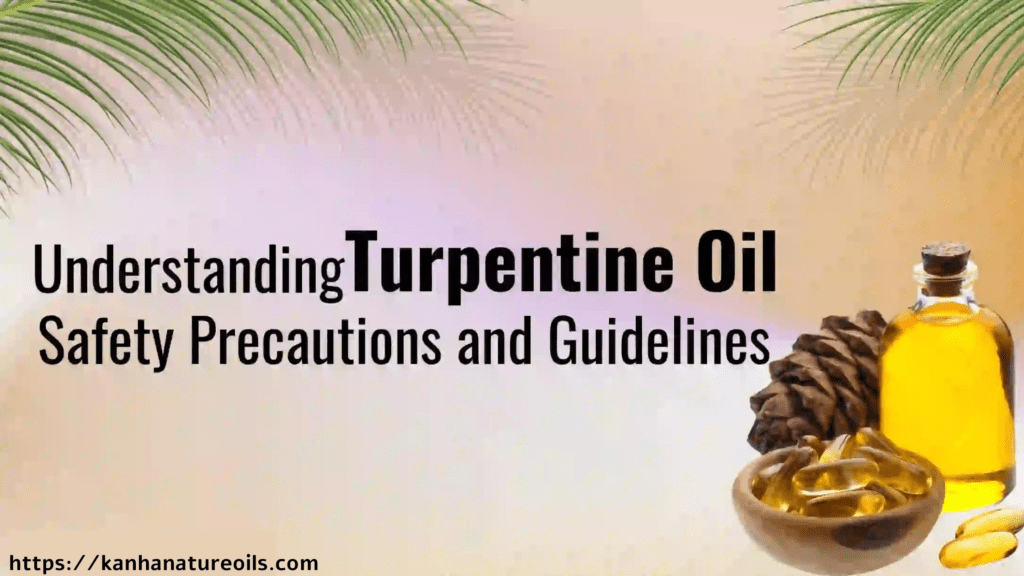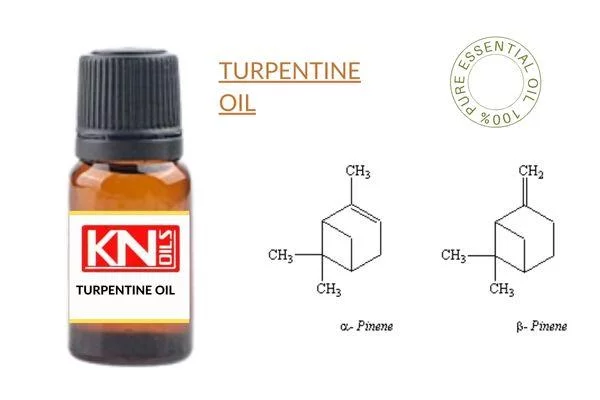✔️ Understanding Turpentine Oil for Safety Precautions and Guidelines.
👉 Introduction
In the 🌍 world of natural remedies and herbal extracts, turpentine oil stands as a potent substance with immense potential. Derived from the resin of pine trees, this essential oil has been used for various purposes throughout history. However, it is important to understand that turpentine oil should be handled with care due to its potentially harmful nature. In this article, we will delve into the safety precautions and guidelines that one should follow when using turpentine oil.
👉 What is Turpentine Oil?
Turpentine oil, also known as spirit of turpentine or oil of turpentine, is a volatile essential oil consisting of numerous compounds extracted through the steam distillation of resins obtained from various species of pine trees. The resulting oil possesses a distinct aroma and has been widely adopted across industries such as ✔️medicine, ✔️paint solvents, and even as a ✔️traditional remedy. Its composition includes substances like ✔️alpha-pinene, ✔️beta-pinene,✔️ camphene, and ✔️other terpenes.
👉 Safety Precautions When Handling Turpentine Oil
When working with turpentine oil, it is crucial to prioritize ✔️ safety measures to mitigate any potential risks. Here are some precautions one should take into consideration:
1️⃣ Proper Ventilation: Always ensure that the area where you are using turpentine oil is well-ventilated. Adequate airflow helps in preventing the accumulation of harmful fumes, reducing the risk of inhalation.
2️⃣ Protective Gear: To safeguard yourself from direct contact with turpentine oil, wear appropriate protective gear. This may include goggles, gloves, and a mask to filter out any airborne particles.
3️⃣ Avoid Open Flames: Due to its flammable nature, keep turpentine oil away from open flames or any potential ignition sources. This significantly reduces the risk of fire accidents.
👉 Handling Turpentine Oil in Various Settings
While turpentine oil finds applications in both industrial and domestic settings, it is essential to understand the specific safety measures required in each scenario.
👉 Household Use
- Proper Storage: Store turpentine oil in a dedicated, tightly sealed container, away from the reach of children and pets. Make sure it is kept in a cool and dry place, preventing exposure to sunlight.
- Dilution: Prior to use, diluting turpentine oil with a carrier oil is recommended to reduce its potency. This helps prevent any skin irritations or allergic reactions that may arise from direct application.
👉 Industrial Use
- Professional Guidance: In an industrial setting, it is crucial to consult with a trained professional who can guide you on the appropriate handling, storage, and usage of turpentine oil. They can also provide insights on safety protocols specific to the industry.
- Proper Disposal: Dispose of used turpentine oil following the regulations set by local environmental authorities. Improper disposal can lead to ecological damage, so it is important to adhere to established guidelines.
👉 Conclusion
Turpentine oil undoubtedly holds immense potential in various industries and as a traditional remedy. However, it is crucial to exercise caution and follow safety precautions when handling this powerful substance. By prioritizing proper ventilation, using protective gear, and understanding the specific safety measures for household and industrial settings, one can harness the benefits of turpentine oil while minimizing any potential risks. Remember, safety should always be a priority when working with any potent substance.





